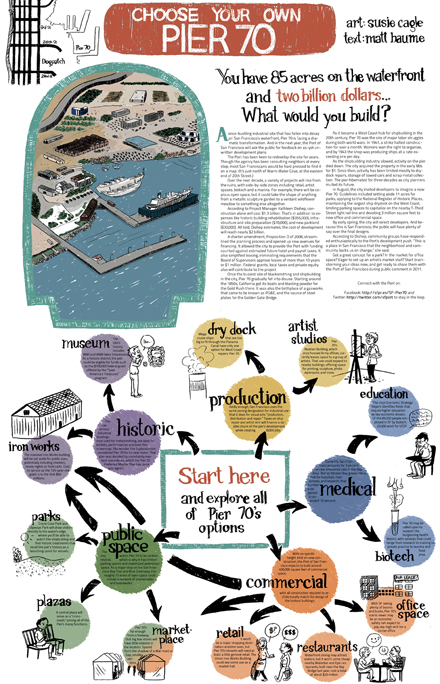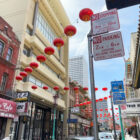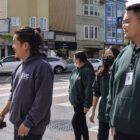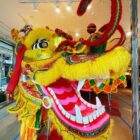You have 85 acres on the waterfront and two billion dollars … what would you build?
A once-bustling industrial site that has fallen into decay on San Francisco’s waterfront, Pier 70 is facing a dramatic transformation. And in the next year, the Port of San Francisco will ask the public for feedback on as-yet unwritten development plans.
The Port has been keen to redevelop the site for years. Though the agency has been consulting neighbors at every step, most San Franciscans would be hard pressed to find it on a map. (It’s just north of Warm Water Cove, at the eastern end of 20th Street.)
Over the next decade, a variety of projects will rise from the ruins, with side-by-side zones including retail, artist spaces, biotech and a marina. For example, there will be copious open space, but it could take the shape of anything from a metallic sculpture garden to a verdant wildflower meadow to something else altogether.
According to Project Manager Kathleen Diohep, construction alone will cost $1.3 billion. That’s in addition to expenses like historic building rehabilitation ($355,000), infrastructure and site preparation ($70,000), and new parkland ($30,000). All told, Diohep estimates, the cost of development will reach nearly $2 billion.
A charter amendment, Proposition D of 2008, streamlined the planning process and opened up new avenues for financing. It allowed the city to provide the Port with funding counted against estimated future hotel and payroll taxes. It also simplified leasing, eliminating requirements that the Board of Supervisors approve leases of more than 10 years or $1 million. Federal grants, local taxes and private equity also will contribute to the project.
Once the busiest site of blacksmithing and shipbuilding in the city, Pier 70 gradually fell into disuse. Starting around the 1850s, California got its boats and blasting powder for the Gold Rush there. It was also the birthplace of a gasworks that came to be known as PG&E, and the source of steel plates for the Golden Gate Bridge.
As it became a West Coast hub for shipbuilding in the 20th century, Pier 70 was the site of major labor struggles during both world wars. In 1941, a strike halted construction for over a month. Workers won the right to organize, and by 1943 the shop was producing ships at a rate exceeding one per day.
As the shipbuilding industry slowed, activity on the pier died down. The city acquired the property in the early ’80s for $1. Since then, activity has been limited mostly to drydock repairs, storage of towed cars and scrap metal collection. The pier hibernated for three decades as city planners mulled its future.
In August, the city invited developers to imagine a new Pier 70. Guidelines included setting aside 11 acres for parks, applying to the National Register of Historic Places, maintaining the largest ship drydock on the West Coast, limiting parking spaces to capitalize on the nearby T-Third Street light rail line and devoting 3 million square feet to new office and commercial space.
By early spring, the city will select developers. And because this is San Francisco, the public will have plenty of say over the final designs.
According to Diohep, community groups have responded enthusiastically to the Port’s development push. “This is a place in San Francisco that the neighborhood and community backs us on change,” she said.
Got a great concept for a park? In the market for office space? Eager to set up an artist’s market stall? Start brainstorming your ideas now, and get ready to share them with the Port of San Francisco during public comment in 2011.
Connect with the Port on Facebook: http://sfpr.es/SF-Pier70 and Twitter: http://twitter.com/sfport to stay in the loop
A version of this article was published in the fall 2010 edition of the San Francisco Public Press newspaper. Read select stories online, or buy a copy.
This story was made possible with funding through micro-donations via Spot.Us.










